Description
Crenshaw Cantaloupe
25 Seeds per pack
Days to Maturity 110-120 Days
Sun Requirements: Full Sun
Botanical Name: (Cucumis melo)
Crenshaw is a melon sure to please the whole family with its deliciously sweet flavor and ultra-smooth texture—perfect for those who find most melons too grainy. Believed to have originated from Turkey and later introduced to the United States in the early 20th century, the Crenshaw Melon was developed as a hybrid between the Casaba and Persian melons. Though its exact origins are unclear, it gained a foothold in American seed catalogs by 1929 and has since grown in popularity for its flavor and adaptability. Named after John Reuben Crenshaw, this late-season melon was selected for its sweet flesh and excellent keeping qualities.
Thriving in warm, dry climates, Crenshaw grows on vigorous, somewhat compact vines that can spread up to 10 feet, while the plant itself stands about a foot tall. Each fruit is large and pear-shaped, measuring 6 ½ to 8 inches in diameter and typically weighing between six and eight pounds. Its skin ripens to a green-yellow hue and conceals a salmon-pink to orange flesh.
Crenshaw Melons are known for their sweet, refreshing taste with a hint of honey and a slightly floral after effect. They’re delicious eaten fresh, chilled, and sliced—perfect for a hot summer day.
Selected for its flavor and late ripening, Crenshaw also stores well—its dense rind and firm flesh help preserve its quality after harvest.
Rich in vitamins A and C, it brings both sweetness and nourishment to the summer table!
Planting Instructions for Crenshaw Cantaloupe Seeds
When to Plant:
Direct sow Crenshaw Melon seeds outdoors 1 to 2 weeks after your last frost date, once the soil consistently reaches 70°F (21°C) or warmer. For shorter seasons or cooler regions, start seeds indoors 3 to 4 weeks before last frost, using peat pots or soil blocks to avoid root disturbance. Transplant outdoors after hardening off and when both soil and air temperatures are consistently warm and the danger of frost is past.
Where to Plant:
Choose a site in full sun that receives at least 8 hours of direct sunlight daily. Crenshaw Melons thrive in fertile, well-drained soil with a pH of 6.0–7.0. Raised beds or south-facing slopes are ideal. Incorporate 2–3 inches of compost before planting. Avoid planting in areas that recently grew other melons, cucumbers, squash, or pumpkins.
How to Sow:
Sow seeds ½” to 1″ deep. If planting in rows, space seeds or transplants 18–36″ apart in rows 5–6′ apart. For hills, sow 3–4 seeds per hill and thin to the strongest 1–2 plants. For trellising, space plants 12–18″ apart along a sturdy support.
Watering:
Keep soil consistently moist through germination. Once vines are established, provide 1–2 inches of water per week. Water deeply and less frequently to encourage deep rooting. Reduce watering slightly once fruit begins to ripen to improve sweetness and avoid splitting. Avoid overhead watering to reduce the risk of mildew.
Fertilization:
Mix compost into the planting site before sowing. Additional fertilizer is typically not needed unless soil is poor. If desired, side-dress with compost tea, fish emulsion, or a balanced organic fertilizer once vines begin to spread and again when the first small fruits begin to form.
Mulching:
Once your seedlings are growing well, add mulch around the plants. Use black plastic if your goal is to warm the soil. Warmer soil helps seeds sprout faster and encourages early root and vine growth, which is especially helpful in cooler climates or early in the season. If you’re mainly trying to hold in moisture and stop weeds, straw or shredded leaves are good options, but they won’t help the soil warm up as much. Mulching also keeps the fruits clean by lifting them off the dirt and helps stop mud from splashing onto them when it rains.
Training & Pruning:
Vines can be allowed to sprawl or trained vertically. For vertical growth, support fruit with cloth slings. If desired, lightly prune some of the small side branches that grow off the main vine to help air move through the plant and let it focus energy on growing better-quality fruits. Avoid over-pruning, which can reduce flower production and sugar development.
Pollination:
Crenshaw Melons produce both male and female flowers. Bees and other pollinators are essential for fruit set. Encourage pollination by planting pollinator-friendly flowers and herbs nearby. Good choices include borage, dill, sunflowers, marigolds, and oregano allowed to flower. These help attract bees and other insects that will visit your Crenshaw Melon blooms. In low-pollinator areas, hand pollinate by transferring pollen from male to female blooms using a small paintbrush.
Common Pests & Diseases:
- Pests: Watch for aphids, cucumber beetles (vector for bacterial wilt), squash bugs, and vine borers. Use row covers until flowering, hand-pick pests, or apply insecticidal soap in the early morning or evening.
- Diseases: Powdery mildew, downy mildew, and leaf blights can occur. Improve air circulation, avoid overhead watering, and space plants adequately. Treat outbreaks with organic fungicides or DIY sprays (e.g., baking soda solution).
Harvesting:
Crenshaw Melons are ready to pick when the rind turns a yellowish-green color and gives off a sweet, floral aroma. Gently press the blossom end (opposite the stem)—it should give slightly when the melon is ripe. Crenshaw Melons do not usually slip from the vine on their own, so they should be cut from the vine once they show these signs. If picked too early, they may not develop full sweetness.
Storage:
Store ripe, uncut Crenshaw Melons at 45–50°F for up to 1 week. Once cut, refrigerate and use within 3 days. Wash melons thoroughly before cutting to avoid transferring bacteria from rind to flesh.
Seed Saving:
Saving Crenshaw Melon seeds is an enjoyable and economical way to preserve this unique heirloom variety. Crenshaw Melons are insect-pollinated and cross readily with other melon types, so avoid growing multiple melon varieties within ½ mile of one another.
Let the melons ripen fully on the vine. Once picked, cut them open the long way and scoop out the seeds into a jar. Add room temperature (not hot) water and let the mixture sit for 2 to 4 days, stirring it once each day to help the seeds separate. Good seeds will sink, while pulp and non-viable seeds float. Pour off the debris, rinse the good seeds thoroughly, and spread them out on a paper towel or mesh screen to dry for several days in a well-ventilated area.
Once your seeds are fully dry, you can store them in a labeled container. For longer storage, you can keep the container right in the freezer. Freezing helps protect seeds from moisture, pests, and temperature swings, especially over many months. For a quick and easy option, use our seed-saving envelopes. They’re simple to use, pre-labeled, and include spaces to write the variety, date, and any notes you want to remember. They help keep your seeds neat, labeled, and easy to find when you’re ready to plant next season. When stored properly, Crenshaw Melon seeds can last 3–5 years.
FAQ:
What is the historical or notable background of Crenshaw Cantaloupe?
Crenshaw is believed to have originated from Turkey and was later introduced to the United States in the early 20th century. A cross between Casaba and Persian melons, and gained popularity in American seed catalogs.
How would you describe the flavor of Crenshaw Cantaloupe?
Crenshaw Melons offer a sweet, refreshing taste with a subtle honey note and a slightly floral finish, making them a favorite among those seeking a smoother-textured melon.
What does Crenshaw Cantaloupe look like, and what are its growing habits?
Crenshaw grows on vigorous vines that can spread up to 10 feet. The plant stays about a foot tall, producing large, pear-shaped melons with yellow-green skin and dense salmon-pink to orange flesh.
How and when do I harvest Crenshaw Cantaloupe?
Crenshaw is ready to harvest when its rind turns yellowish-green and emits a sweet, floral aroma. It doesn’t naturally slip from the vine, so cut it once the blossom end yields slightly to pressure.
When is the best time to plant Crenshaw Cantaloupe?
Plant Crenshaw outdoors 1–2 weeks after your last frost when soil temperatures reach at least 70°F. In cooler regions, start seeds indoors 3–4 weeks early and transplant carefully after hardening off.
What are the common culinary uses for Crenshaw Cantaloupe?
Crenshaw Melons are perfect for fresh eating—slice and chill for a hydrating snack, add to fruit salads, or pair with prosciutto or mint for an elegant appetizer.
What’s the best way to store Crenshaw Cantaloupe after harvest?
Uncut melons store well for up to a week at 45–50°F. Once cut, refrigerate and consume within 3 days. Always wash the rind before cutting to prevent contamination of the flesh.
What nutrients does Crenshaw Cantaloupe provide?
Crenshaw is a rich source of vitamins A and C, supporting immune function, skin health, and eye health while delivering a naturally sweet, low-calorie summer treat!
Does Crenshaw Cantaloupe have any notable resistance or growing advantages?
Crenshaw stands out for its adaptability to warm, dry climates and its excellent keeping qualities thanks to a dense rind and firm flesh. Proper spacing and air circulation help reduce disease risk.
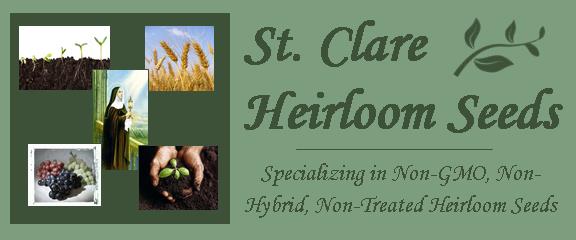
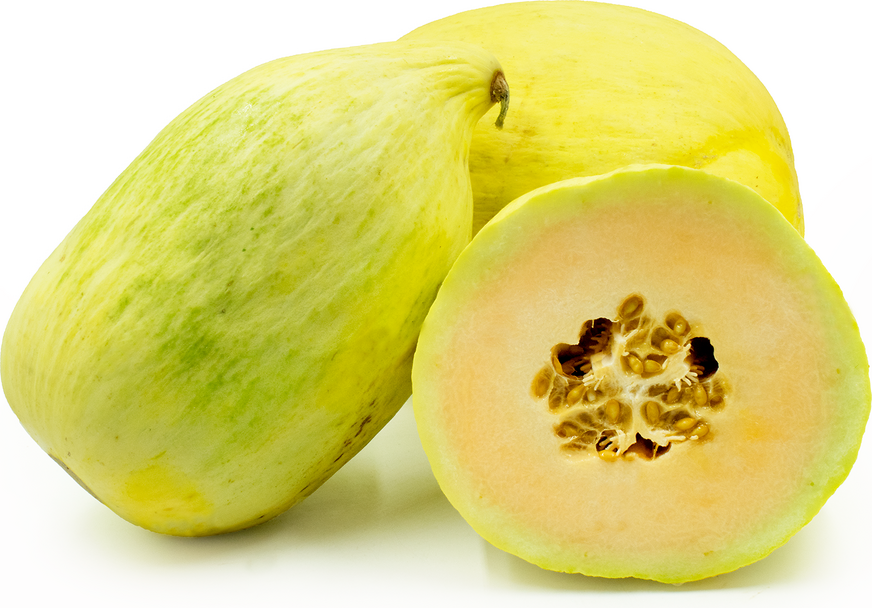










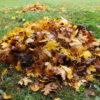
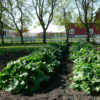

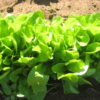
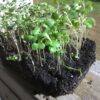
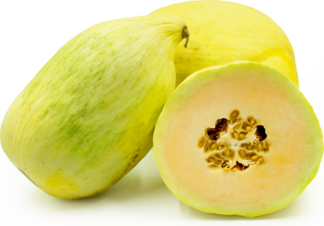

Sabrina D. (verified owner) –
The time line on the package for planting to yield etc. pretty spot on.
Robert Loring (verified owner) –
Very satisfied with all the seeds.
David McCarty (verified owner) –
I hate thinning perfectly good plants, they all came up.